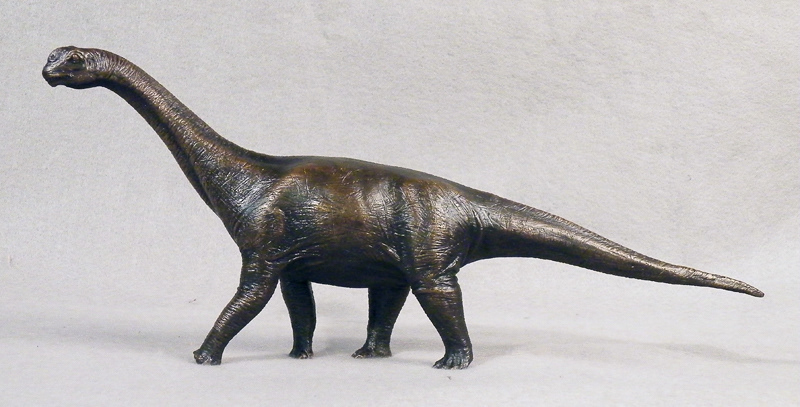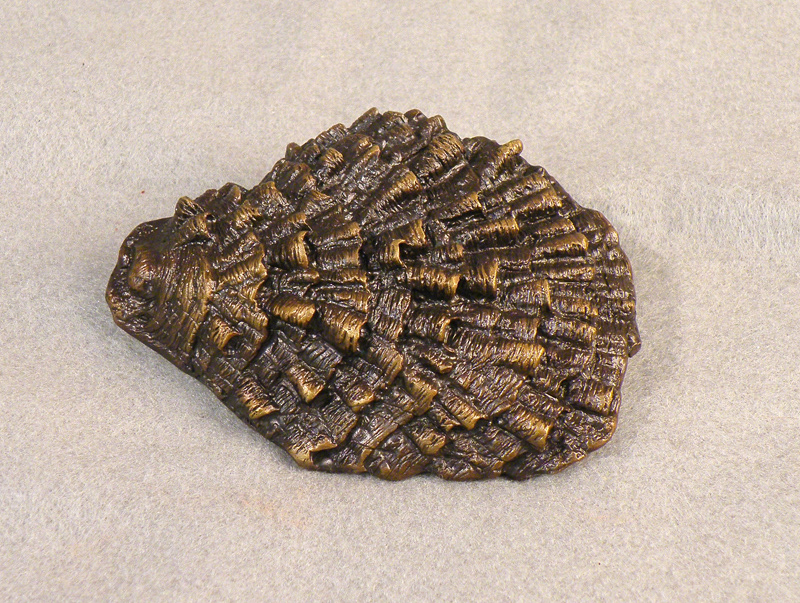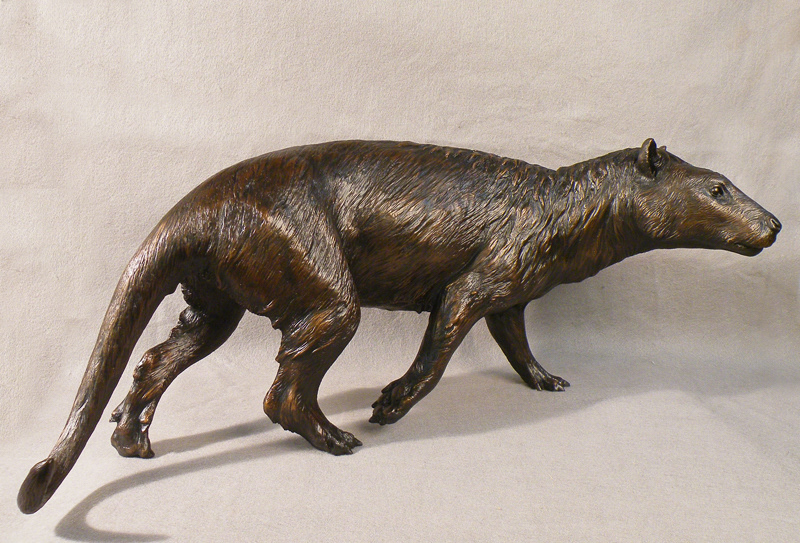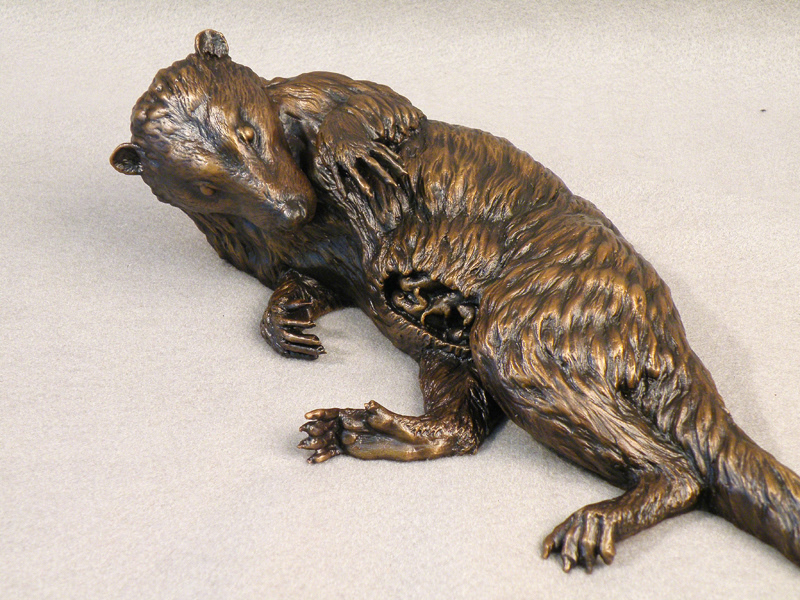Smithsonian's National Museum of Natural History
Deep Time Exhibit
We were commissioned to create a series of bronzes for the Smithsonian National Museum of Natural History for the 2019 Deep Time Exhibit at the David H. Koch Hall of Fossils. The challenge with this project was to create animals from very limited fossil remains and to create a sculpture that was lifelike and believable. After extensive research and working with the paleontologists at the Smithsonian, we were able to sculpt our models, some of which have never been sculpted before. We enjoyed our experience of this collaborative work and feel the the end results show that experience.

Camarasaurus life reconstruction (Jurassic, Colorado-Utah)

Triceratops life reconstruction (Cretaceous North America)



Miocidaris (Echinodermata, Triassic, European), Prospondylus (Bivalvia, Permian, Texas), Xenodiscus (Ammonoidea, Permian, India)

Protungulatum and young. This late Cretaceous-Paleocene mammal's remains were found in Montana and Canada. It's believed to belong to the primitive ungulate order condylartha.



Triisodon resting. The unique pose and proportions of this animal made it a special challenge to sculpt. It's known from remains from the Paleocene of New Mexico. Although its exact relationships to extinct and extant mammals are unknown, it may be part of the stem group that led to the Artiodactyl ungulates.

Tetraclaenodon trotting. Paleocene from Canada. This animal displays an interesting mix of primitive and derived features for a Paleocene herbivore. Although it had a long, heavy tail and five digits on its forelimbs, the first and fifth digits show clear reduction and the long, muscular limbs would have made it a swift runner.


Conoryctes digging. This animal is known from the Paleocene of New Mexico. Remains show an animal that was highly specialized for digging and burrowing.



Pediomys with young in pouch. This Cretaceous marsupial was apparently prolific, having left remains in Canada, Portugal, and the U.S. It was likely a ground-dwelling insectivore.


Steropodon, a Cretaceous monotreme. The only fossilized remains known from this animal are a single opalized jaw and three molars from NSW, Australia. This sculpture in particular was an extreme challenge; we were asked to create a sculpture "out of focus" to represent the limited knowledge of this specimen. After many designs, we settled on a pixelated look that we were able to achieve by using a computer 3D printing method.

Pleuromeia, a prolific Triassic tree. This species reproduced via a single large spore-bearing cone. It's represented by remains from around the world, in habitats ranging from semi-arid to tidal.
